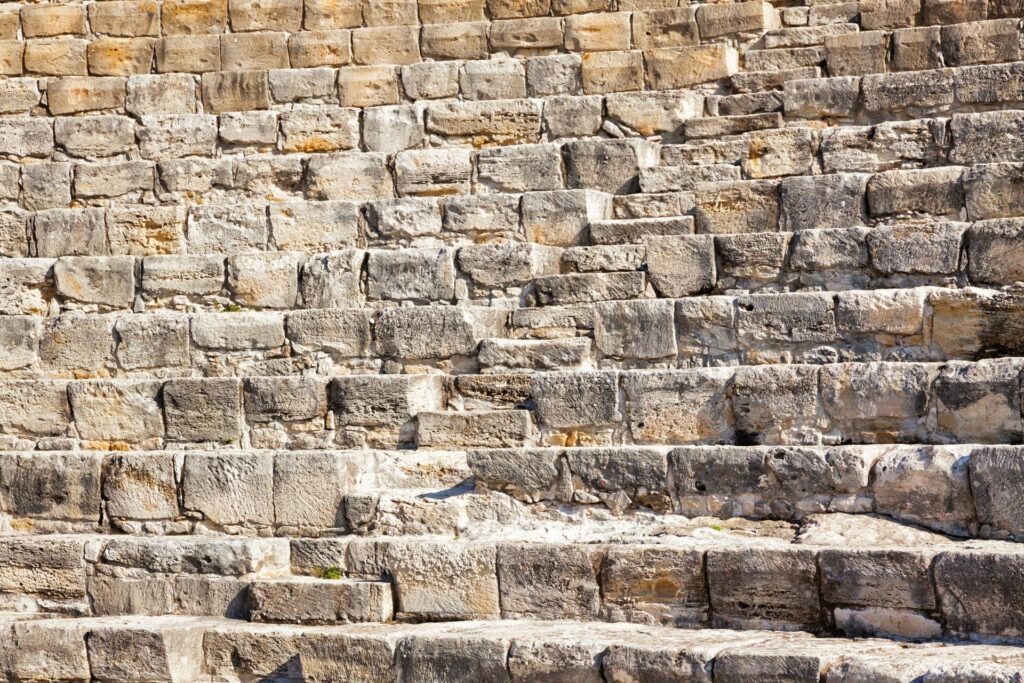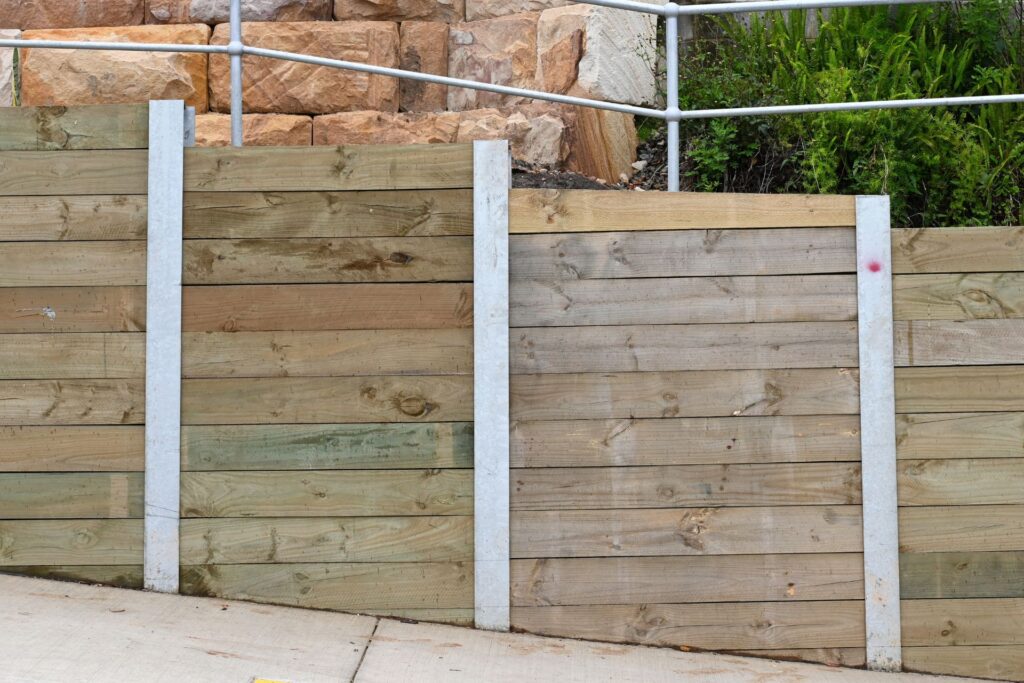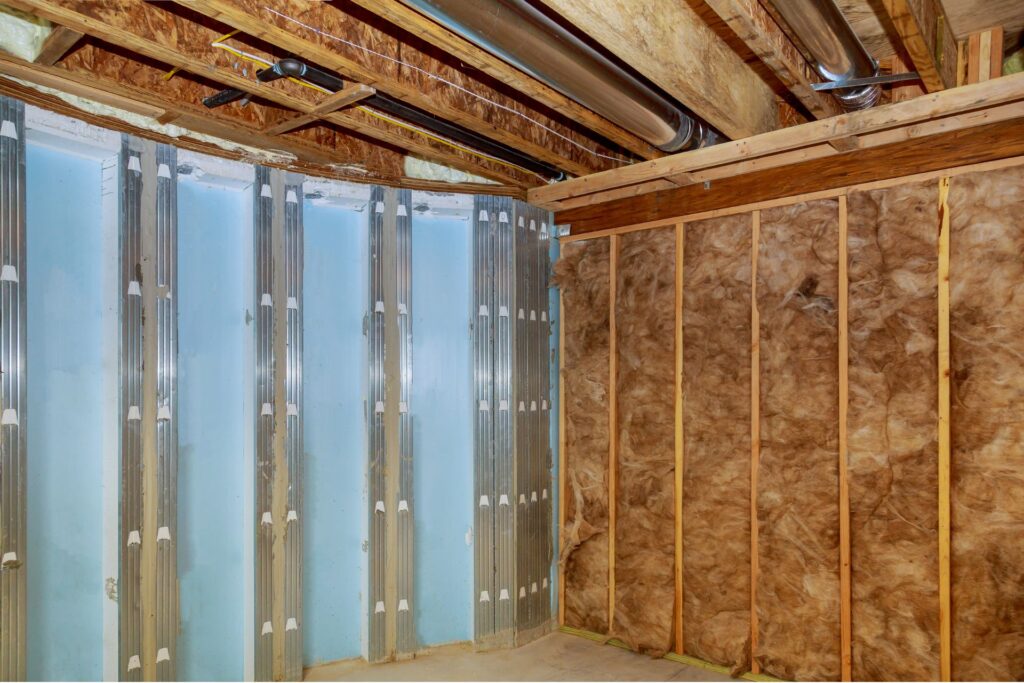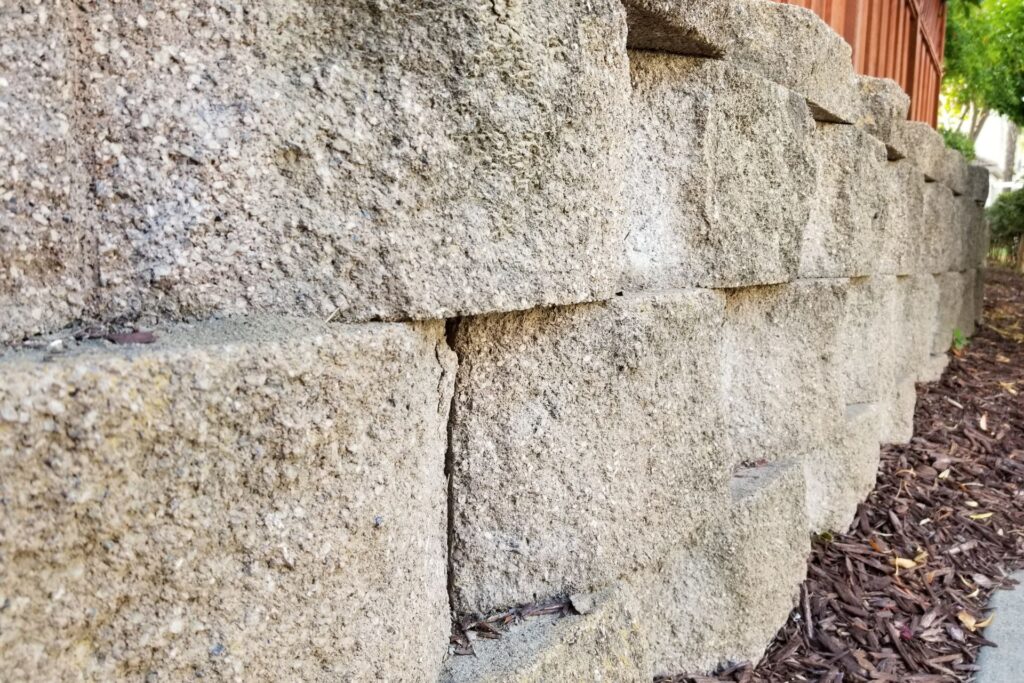Welcome to our comprehensive guide on keystone retaining walls in Australia, a cornerstone of modern landscape architecture that merges functionality with aesthetic appeal. Whether you’re facing the challenges of the Australian climate or looking to enhance your outdoor space, keystone retaining walls offer a durable and versatile solution. This guide delves into the benefits these walls bring to the Australian landscape, including their resistance to extreme weather conditions, their environmental advantages, and their ability to transform any area into a visually stunning space. We’ll take you through everything from the basic understanding of what keystone retaining walls are, to design considerations, installation tips, and maintaining your wall to ensure it stands the test of time. Whether you’re a DIY enthusiast ready to tackle your next project or someone looking to gather information before hiring a professional, this guide is designed to equip you with the knowledge you need to make informed decisions about enhancing your landscape with keystone retaining walls.
Keystone retaining walls are an innovative and practical landscaping solution in Australia, designed to combat erosion, manage water flow, and enhance aesthetic appeal. These walls utilize interlocking stones or blocks for stability and strength, making them highly durable against Australia’s harsh climate, including extreme heat, heavy rains, and bushfires. Ideal for both residential and commercial properties, keystone retaining walls offer versatility in design and are environmentally friendly, helping to prevent soil erosion while providing an opportunity for creative landscaping. Whether you’re looking to create functional garden beds, improve land usability, or simply add a touch of elegance to your outdoor space, keystone retaining walls are a robust and attractive choice that caters to a wide range of needs and preferences.
Understanding Keystone Retaining Walls
Keystone retaining walls have become a cornerstone of Australian landscaping, celebrated for their strength, versatility, and environmental benefits. Let’s delve into what makes these structures so special and why they’re an excellent choice for Australian landscapes.
What Are Keystone Retaining Walls?
Keystone retaining walls are not just any retaining walls; they are an ingenious modular and interlocking system designed to hold soil in place. This system is not only effective but also aesthetically pleasing, making it a popular choice for both residential and commercial landscaping projects. The keystone in their name refers to the central, wedge-shaped stone in an arch, which is critical for the structure’s stability. Similarly, keystone retaining walls are built to be incredibly durable, with each piece locking together to create a strong and unified structure.
The history of keystone retaining walls is as fascinating as their engineering. Initially developed to address specific landscaping challenges, such as steep slopes and erosion, their design has evolved significantly. In Australia, they’ve become a staple in landscaping due to their ability to withstand the country’s unique climate challenges, from intense heat and sun exposure to heavy rains and even bushfires.
Why Keystone? Benefits for the Australian Landscape
Durability Against the Australian Climate: Australia’s climate can be harsh, with extreme heat, unpredictable rainfall, and the ever-present threat of bushfires. Keystone retaining walls are engineered to withstand these conditions, making them a durable choice for any Australian landscape. Their design allows for flexibility in extreme weather, reducing the risk of cracking and damage over time.
Aesthetic Versatility: One of the most appealing aspects of keystone retaining walls is their aesthetic versatility. They can be crafted from various materials and in numerous styles to complement any landscape design. Whether you’re aiming for a modern, minimalist look or a more natural, rustic appearance, keystone walls can be tailored to match the surrounding environment, enhancing the overall beauty of your outdoor space.
Environmental Benefits: Beyond their beauty and durability, keystone retaining walls offer significant environmental advantages. They play a crucial role in erosion control, preventing soil from washing away during heavy rains. This is particularly beneficial in areas prone to bushfires, where the landscape can become more susceptible to erosion post-fire. Additionally, these walls can be designed to manage water flow, directing rainwater away from structures to areas where it can be absorbed naturally into the ground. This not only helps in preventing waterlogging and flooding but also supports the health of the surrounding flora.
In conclusion, keystone retaining walls offer a multitude of benefits for the Australian landscape. Their durability makes them suitable for the harsh Australian climate, while their aesthetic versatility allows for a range of designs that can enhance any outdoor space. Moreover, the environmental advantages they provide, including erosion control and water management, make them a responsible choice for sustainable landscaping. Whether you’re a homeowner looking to beautify your outdoor area or a commercial developer seeking reliable landscape solutions, keystone retaining walls are a worthy investment for the Australian environment.
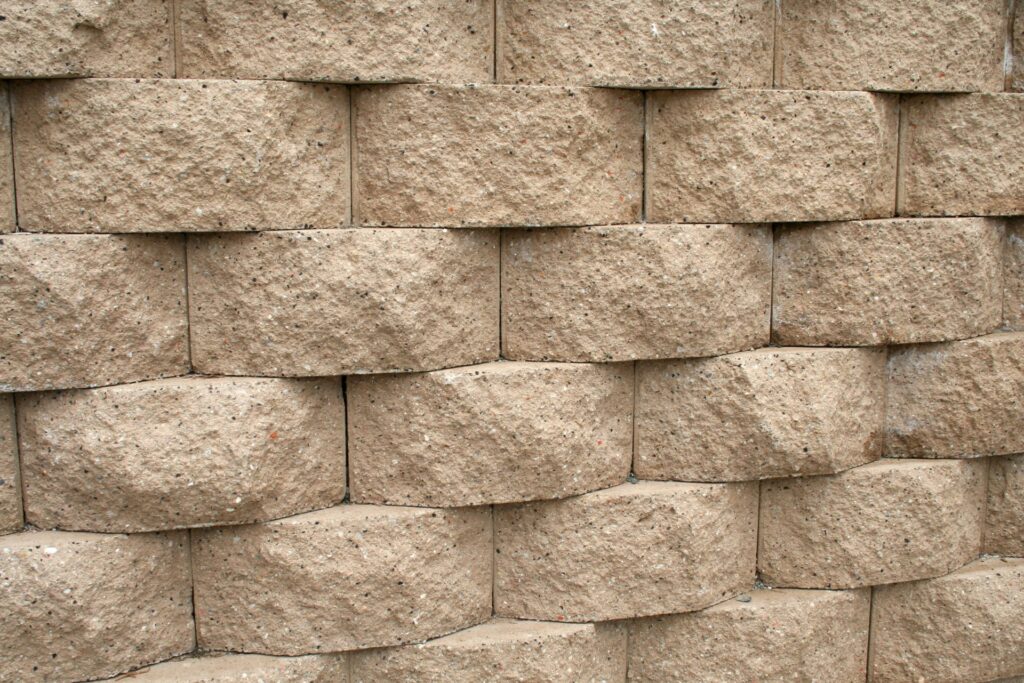
Planning And Design Considerations
When embarking on the journey of constructing a Keystone Retaining Wall, it’s paramount to approach the planning and design phase with meticulous attention to detail. This section delves into the essential considerations to ensure your project not only meets your aesthetic and functional needs but also aligns with legal requirements in Australia. By adhering to these guidelines, your retaining wall will stand the test of time, blending seamlessly into the Australian landscape while serving its intended purpose.
Assessing Your Needs
Before breaking ground, a clear understanding of your wall’s purpose is crucial. Whether it’s to prevent soil erosion, create raised garden beds, or add an aesthetic touch to your property, defining the objective will guide all subsequent decisions. Additionally, taking stock of the project’s scope—considering size, location, and budget—is essential. These factors will influence everything from material selection to the complexity of the construction process, ensuring your project aligns with your vision and financial constraints.
Designing Your Keystone Retaining Wall
Once you’ve laid the groundwork with a thorough assessment, the next step is diving into the design aspects of your Keystone Retaining Wall.
Key Design Factors
Design factors such as the wall’s height, length, and whether it will incorporate curves are foundational decisions that will affect both the aesthetic appeal and structural integrity of the wall. A well-designed wall should harmonize with its surroundings while fulfilling its structural role.
Choosing the Right Materials and Colors for Australian Landscapes
Selecting materials and colors that complement the natural beauty of Australian landscapes is vital. Australia’s diverse environments—from coastal regions to arid outbacks—demand a thoughtful approach to material selection. The right choices will ensure your wall not only looks stunning but also withstands local climate conditions.
Legal Considerations: Permits and Regulations in Australia
Navigating the legal landscape is a critical step that should not be overlooked. Australia’s building regulations and permit requirements can vary significantly from one region to another. Familiarizing yourself with local laws and obtaining the necessary permits before commencement is imperative to avoid potential legal issues. This includes understanding any restrictions on wall height, materials, and placement relative to property boundaries.
In conclusion, the planning and design phase of constructing a Keystone Retaining Wall is as crucial as the construction itself. By carefully assessing your needs, meticulously designing your wall to fit Australian landscapes, and adhering to local legal requirements, you can ensure that your project is not only successful but also enhances the beauty and functionality of your outdoor space. Remember, a well-planned and designed retaining wall is an investment that pays dividends in both aesthetics and utility for years to come.
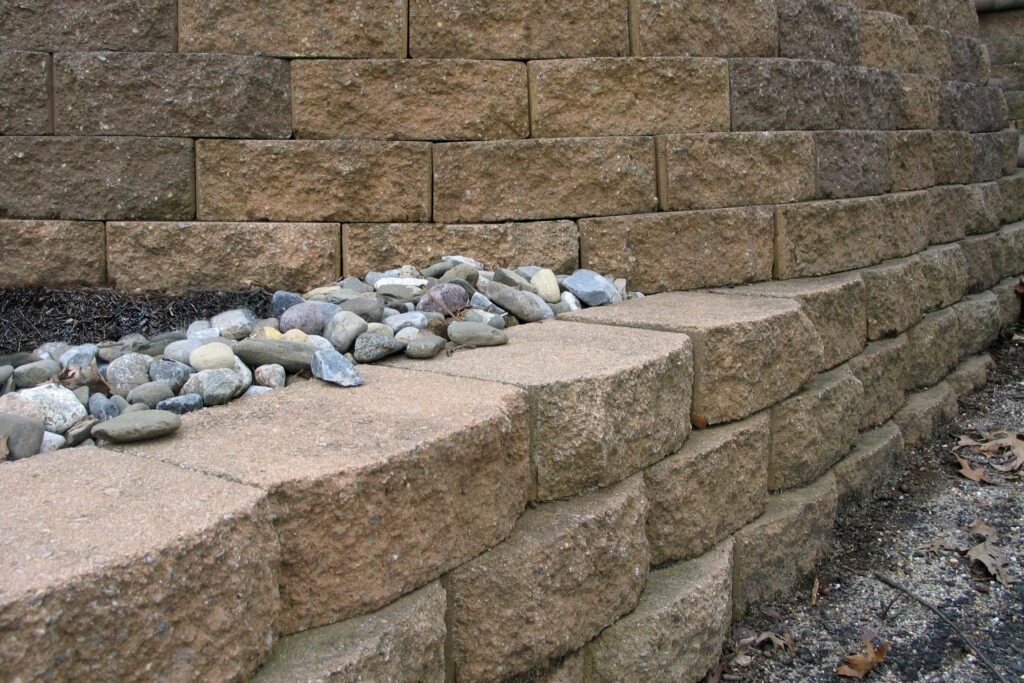
Installation Guide
Embarking on a DIY project can be both exciting and daunting, especially when it involves installation work that can transform the look and functionality of your space. Whether you’re installing shelves, laying down new flooring, or undertaking any other home improvement task, this comprehensive guide will walk you through the essential stages of preparation, execution, and fine-tuning your installation process. By adhering to this guide, not only will you achieve a sense of accomplishment, but you’ll also ensure that your project stands the test of time.
Preparing for Installation
Tools and Materials Needed for a DIY Project
Before diving into your project, it’s crucial to gather all the necessary tools and materials. This preparatory step prevents unnecessary interruptions once you commence. For most installation projects, you’ll need basic tools like a hammer, screwdriver, level, measuring tape, and perhaps more specialized equipment depending on the task at hand, such as a drill or saw. Additionally, ensure you have all the materials required for the project, like screws, nails, brackets, or any specific installation kits. Organizing your tools and materials beforehand can significantly streamline the installation process.
When to Consider Hiring a Professional
While many installation projects are well within the reach of avid DIY enthusiasts, there are times when calling in a professional might be the wiser choice. Complex projects that involve electrical wiring, plumbing, or structural modifications may require specialized knowledge and tools. If the project is beyond your skill level, could potentially devalue your property if done incorrectly, or pose significant safety risks, it’s prudent to hire a professional. This not only ensures that the job is done right but also can save you time and additional expenses in the long run.
Step-by-Step Installation Process
Detailed Walkthrough of the Installation Process
Starting with a solid foundation is key to any successful installation. Ensure that the area where you’ll be working is clean, level, and prepared according to the requirements of your specific project. For example, if you’re laying tile, make sure the floor is smooth and free from debris. Follow the instructions specific to your project closely, measuring twice and cutting once to avoid waste and ensure precision.
As you progress, take your time to double-check alignments and fittings. Using a level can help ensure that everything is perfectly horizontal or vertical, as required. Paying attention to these details during the installation process can significantly impact the final appearance and functionality of your project.
Tips for Ensuring Stability and Longevity
Securing installations properly is paramount to their durability. Use the appropriate anchors for wall installations, ensure floorings are laid on a suitable underlay, and always follow the manufacturer’s recommendations for any adhesives or fasteners. Proper preparation and installation techniques can greatly extend the lifespan of your project and prevent issues down the line.
Common Mistakes to Avoid
Highlighting Frequent DIY Pitfalls and How to Circumvent Them
One of the most common mistakes in DIY projects is rushing through the preparation stage. Skimping on proper surface preparation or failing to gather all necessary materials and tools before starting can lead to suboptimal results. Another pitfall is ignoring the manufacturer’s instructions for installations, which are designed to ensure the best outcome for your project. Lastly, underestimating the complexity of a project can lead to frustration and unfinished or poorly executed installations.
Avoid these common errors by planning thoroughly, respecting the process, and acknowledging when it’s time to call in a professional for help. With patience, preparation, and attention to detail, your DIY installation project can be a rewarding endeavor that enhances your space and brings your vision to life.
By following this guide, you’re well on your way to executing a successful DIY installation project. Remember, the key to a successful project lies in meticulous preparation, careful execution, and the wisdom to know when a task is within your capabilities or when it’s time to call in a professional.
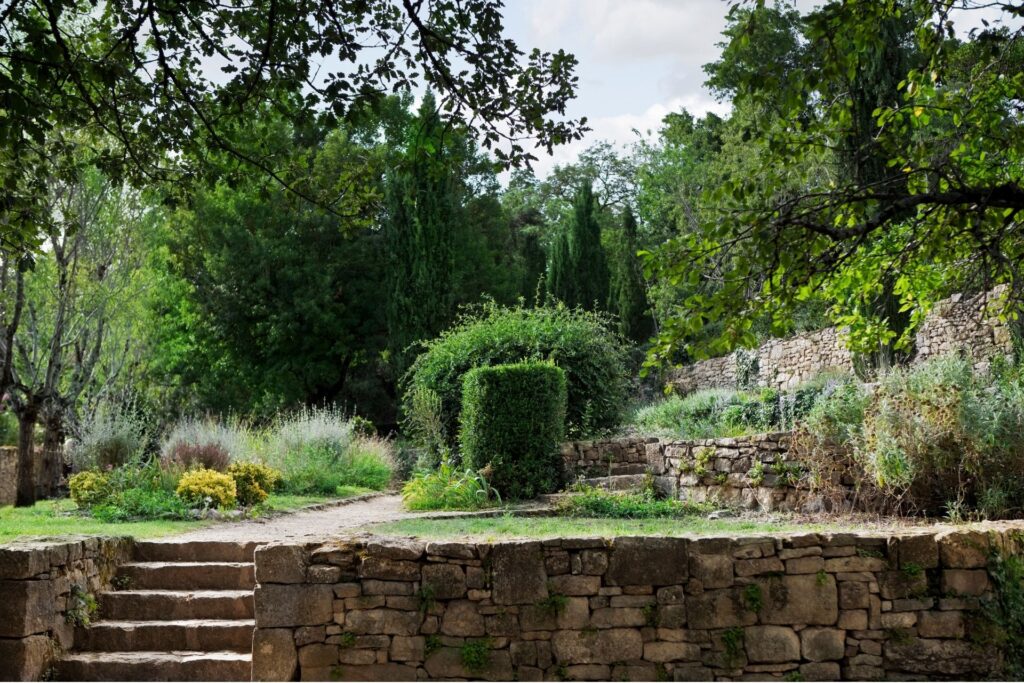
Maintenance And Upkeep
When it comes to ensuring the longevity and pristine condition of any property or equipment, routine maintenance and timely repairs are non-negotiable. In this section, we delve into the core strategies that not only aid in preserving your investments but also in preventing costly breakdowns and repairs down the line. Whether you’re a homeowner, a business operator, or simply someone keen on upkeep, these insights will guide you through establishing a robust maintenance routine and addressing common issues before they escalate.
Routine Maintenance Tips
The adage prevention is better than cure couldn’t be more fitting when it comes to maintenance. A well-planned inspection schedule is crucial, as it allows you to catch and address minor issues before they become major problems. But what should you look for, and when?
Inspection Schedule: What to Look For and When
A comprehensive inspection schedule should cover all critical areas and components of your property or equipment. This includes checking for any signs of wear and tear, ensuring all moving parts are well-lubricated, and verifying that electrical systems are functioning correctly. Seasonal changes often dictate the frequency and type of maintenance tasks. For instance, preparing for winter might involve checking insulation and heating systems, while summer preparations could focus on air conditioning units and outdoor spaces.
Cleaning and Weed Control Strategies
Regular cleaning goes a long way in maintaining the appearance and functionality of your property. Dust and grime can not only cause surfaces to deteriorate over time but can also impact the performance of machinery and equipment. Implementing a consistent cleaning schedule ensures that your assets remain in top condition. Similarly, effective weed control is crucial, especially in outdoor areas. Unchecked weed growth can lead to structural damage, as roots can widen cracks in pavement and foundations. Employing both manual and chemical control methods, depending on the situation, will keep your grounds looking neat and prevent damage.
Repair and Longevity
The goal of maintenance is not just to keep things running but to extend their lifespan as much as possible. Understanding the early signs of wear and damage can save you from hefty repair bills in the future.
Identifying Potential Issues Early
Regular inspections can reveal early warning signs such as cracks, bulging, or unusual noises, which often indicate underlying issues. Early identification of these signs allows for timely intervention, preventing minor issues from escalating into major repairs. For instance, a small crack in a building’s foundation can be filled and sealed relatively easily, but if left unattended, it could widen, compromising the structure’s integrity and leading to significant repair costs.
How to Address Common Problems
Once a potential issue is identified, the next step is to address it appropriately. This might involve simple DIY fixes, such as applying sealant to cracks or tightening loose fittings. However, some problems may require professional intervention, especially if they involve structural repairs or specialized equipment. Knowing when to call in the experts is just as important as identifying the issue in the first place.
In conclusion, a proactive approach to maintenance and repair is essential for ensuring the longevity and reliability of your property or equipment. By establishing a routine inspection schedule, employing effective cleaning and weed control strategies, and addressing common problems promptly, you can prevent major issues and enjoy peace of mind knowing that your investments are well-protected. Remember, the key to successful maintenance is consistency and vigilance.

Creative Uses And Inspirations
Creative Uses and Inspirations for keystone retaining walls in Australian landscapes is not just about presenting ideas; it’s about sparking innovation and blending form with function in landscaping projects across this diverse continent. This section delves deep into the unconventional applications of keystone retaining walls, showcases inspirational design ideas, and provides practical advice to transform any outdoor space into a functional work of art.
Beyond Traditional Uses
Keystone retaining walls have long been celebrated for their structural integrity and versatility in landscape architecture across Australia. However, the scope of their application goes far beyond their traditional use of preventing soil erosion and managing sloped terrains. This segment explores the innovative and creative ways these structures are being integrated into Australian landscapes, serving both functional and aesthetic purposes.
Innovative Applications Across Australia
The Australian landscape offers a unique canvas for the creative applications of keystone retaining walls. From urban parks in Sydney to coastal retreats in Queensland, architects and landscapers are pushing the boundaries of design by integrating these walls into the natural and urban environment in novel ways. Examples include:
Urban Parks and Recreational Areas: In cities like Melbourne and Brisbane, keystone retaining walls are being used to create multi-level terraces, providing more green spaces and recreational areas within urban settings.
Coastal Erosion Control: Along the coast, these walls are innovatively designed to combat erosion while enhancing the natural beauty of the shoreline.
Artistic Installations: Some communities have turned these functional structures into public art, incorporating mosaic tiles, indigenous art, and even vertical gardens.
Design Inspirations
The beauty of keystone retaining walls lies in their ability to merge seamlessly with the landscape, offering endless possibilities for creative expression. This part of the section serves as a gallery of ideas, showcasing how these walls can be adorned and utilized to elevate the aesthetics of any space.
Incorporating Native Plants and Sustainability
One of the key design inspirations is the integration of native Australian plants. By selecting species that are adapted to the local climate and soil conditions, you can create a low-maintenance, drought-resistant garden that thrives year-round. Moreover, incorporating native plants contributes to the local ecosystem, providing habitats for native wildlife.
Lighting Effects and Water Features
The addition of lighting and water features can transform a simple retaining wall into a stunning focal point. Strategically placed lighting can highlight the textures and contours of the wall, creating dramatic shadows and a warm ambiance. Water features, such as cascading waterfalls or serene ponds, add a dynamic element, bringing movement and tranquility to the landscape.
Blending Functionality with Aesthetics
The ultimate goal in designing with keystone retaining walls is to blend functionality with aesthetics seamlessly. Tips for achieving this balance include:
Choosing the Right Materials: Select materials that complement the surrounding landscape and architectural style of nearby structures.
Considering the Scale: Ensure the size and scale of the wall match the overall landscape design, creating a cohesive and balanced look.
Adding Personal Touches: Customize your retaining wall with personal touches like embedded planters, seating areas, or unique decorative elements to reflect your style and enhance the space’s usability.
In conclusion, creative uses and inspirations provide a wealth of ideas and practical tips for transforming Australian landscapes with keystone retaining walls. By embracing innovative applications and incorporating design inspirations, you can create functional and aesthetically pleasing outdoor spaces that stand the test of time. Whether you’re a professional landscaper or a homeowner looking to upgrade your outdoor area, this guide offers the inspiration and advice needed to embark on your next project with confidence.
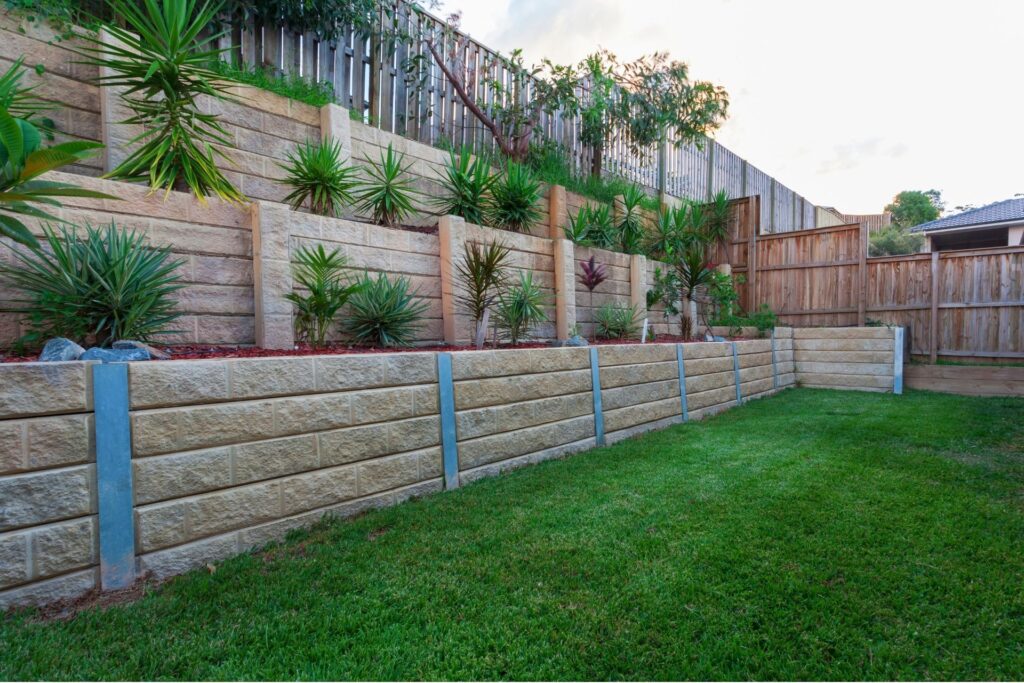
FAQs: About Keystone Retaining Walls In Australia
Conclusion
In wrapping up, it’s crucial to underscore the transformative role that keystone retaining walls play in beautifying and adding unparalleled versatility to Australian landscapes. These architectural elements not only serve functional purposes by preventing soil erosion and managing water flow but also contribute aesthetically to the natural beauty of the environment. Their robustness and adaptability make them a preferred choice for a multitude of landscaping projects across the country. We strongly encourage readers to utilize the extensive guide provided, as it offers valuable insights and practical advice to navigate the planning and execution of their projects successfully. By tapping into the wealth of knowledge shared, homeowners and professionals alike can ensure that their outdoor spaces are not just visually appealing but also sustainable and structurally sound, enhancing the Australian landscape one keystone wall at a time.
Find A Retaining Wall Company Near You
About the Author:
Mike Veail is a recognized digital marketing expert with over 6 years of experience in helping tradespeople and small businesses thrive online. A former quantity surveyor, Mike combines deep industry knowledge with hands-on expertise in SEO and Google Ads. His marketing strategies are tailored to the specific needs of the trades sector, helping businesses increase visibility and generate more leads through proven, ethical methods.
Mike has successfully partnered with numerous companies, establishing a track record of delivering measurable results. His work has been featured across various platforms that showcase his expertise in lead generation and online marketing for the trades sector.
Learn more about Mike's experience and services at https://theleadguy.online or follow him on social media:

